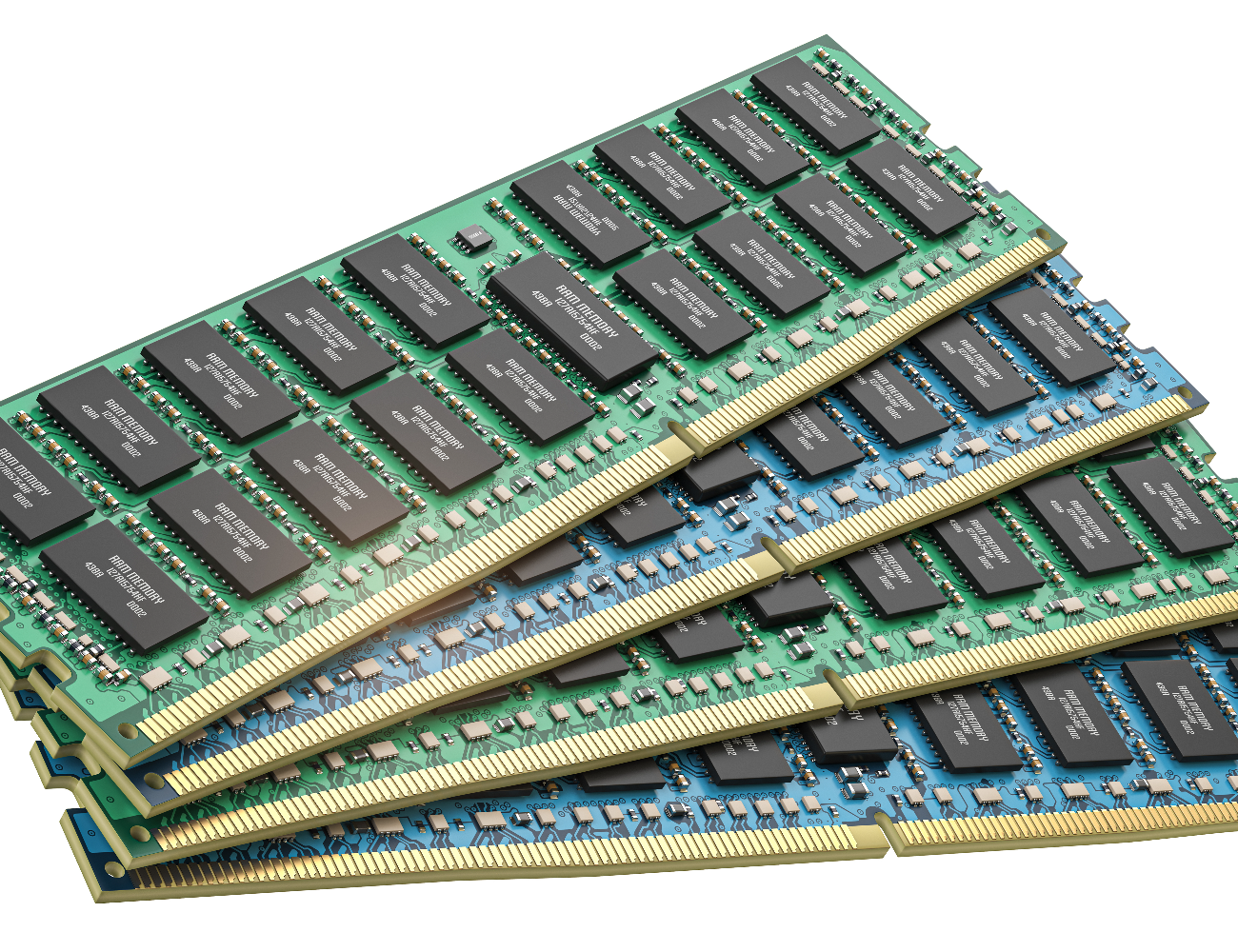Understanding the Importance of BGA PCB Assembly for Modern Electronics
BGA PCB assembly is a highly specialized process that has become essential for manufacturing compact, high-performance electronic devices. With the constant push toward miniaturization and increased functionality, Ball Grid Array technology provides the perfect solution for integrating a large number of connections within a limited space. This method is widely used in advanced electronics, from smartphones and gaming consoles to high-speed networking equipment and aerospace systems. By utilizing precise soldering and placement techniques, bga pcb assembly ensures strong electrical connections and superior mechanical stability, even in demanding applications.
How BGA PCB Assembly Supports Complex Circuit Designs
The increasing complexity of electronic designs requires assembly methods that can handle high-density interconnects without compromising performance. BGA PCB assembly allows manufacturers to mount integrated circuits with hundreds or even thousands of solder balls underneath the component, rather than relying on leads around the edges. This arrangement not only saves space but also reduces signal interference, making it ideal for high-frequency applications. The technology supports the integration of multiple functionalities on a single board, enabling designers to meet modern demands for speed, reliability, and power efficiency.
The Role of Advanced Equipment in BGA PCB Assembly
Achieving flawless results in BGA PCB assembly requires state-of-the-art equipment and strict process control. Precision pick-and-place machines ensure that each component is positioned with micron-level accuracy, while reflow ovens apply controlled heat profiles to melt the solder balls evenly. Optical inspection systems and X-ray imaging are used to verify solder joint quality, as the connections are hidden beneath the package. These advanced tools ensure that every stage of the assembly meets exacting standards, minimizing the risk of defects and enhancing the overall reliability of the final product.
Benefits of Choosing Professional BGA PCB Assembly Services
When working with intricate designs, professional BGA PCB assembly services offer clear advantages. Specialized manufacturers have the expertise to manage challenges such as thermal expansion, warpage, and solder bridging, which can affect performance and durability. They also provide quality assurance through rigorous testing, ensuring that each assembled board meets industry regulations and customer specifications. For businesses aiming to deliver high-end electronics, professional assembly ensures consistent performance while reducing production time and costs.
Applications Driving the Need for BGA PCB Assembly
The demand for BGA PCB assembly continues to grow due to its versatility and capability to meet the needs of modern devices. In consumer electronics, it allows for slimmer and more powerful devices without sacrificing durability. In industrial and automotive sectors, BGA packages enhance the reliability of mission-critical systems that operate under extreme conditions. In telecommunications and networking, the technology supports high-speed data transfer and advanced signal processing, making it indispensable for next-generation innovations.
Quality Control and Testing in BGA PCB Assembly
Since the connections in BGA packages are hidden from view, ensuring the quality of each solder joint requires advanced inspection techniques. Automated X-ray inspection (AXI) plays a critical role in detecting voids, misalignments, and cold solder joints during BGA PCB assembly. Additional testing methods, such as functional testing and thermal cycling, further validate the board’s performance under real-world conditions. By integrating quality control at every stage, manufacturers can ensure long-term reliability, which is essential for industries where product failure is not an option.
The Future of BGA PCB Assembly Technology
As electronic devices continue to evolve, BGA PCB assembly will remain a core manufacturing technique. The development of finer pitch BGAs, advanced substrate materials, and more efficient reflow soldering methods will push the boundaries of what’s possible in circuit design. Emerging applications such as artificial intelligence, 5G communications, and IoT devices will further drive demand for high-precision assembly processes. Manufacturers that invest in continuous improvement and cutting-edge equipment will be well-positioned to meet these future challenges.
Final Thoughts on BGA PCB Assembly for Complex Designs
BGA PCB assembly stands out as a critical technology in the modern electronics industry, enabling compact designs, superior electrical performance, and robust mechanical stability. By combining precision manufacturing techniques with rigorous quality control, this assembly method supports the creation of highly reliable products for a wide range of industries. As technology advances, the role of BGA PCB assembly will only grow, providing the foundation for the next generation of complex and powerful electronic systems.



